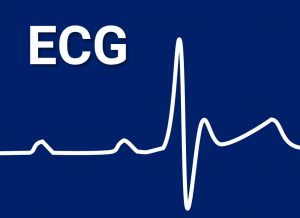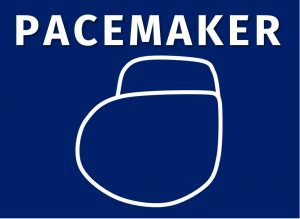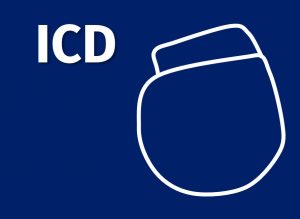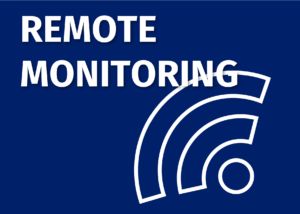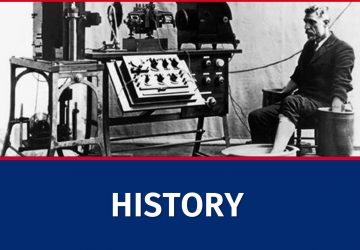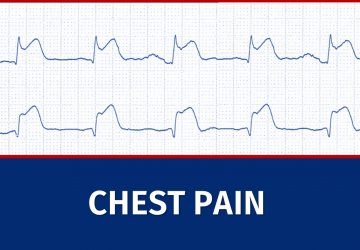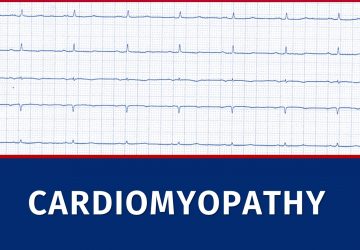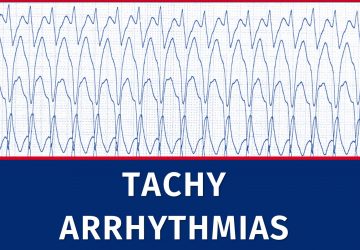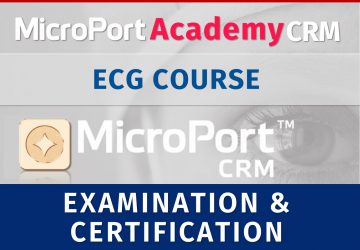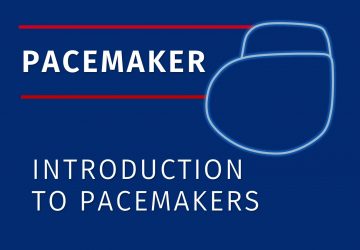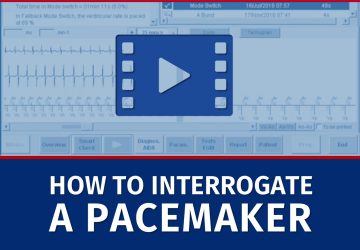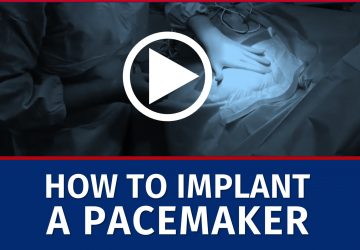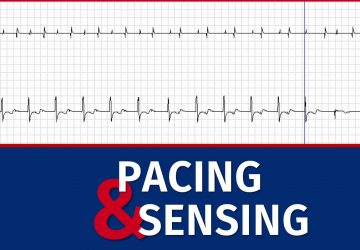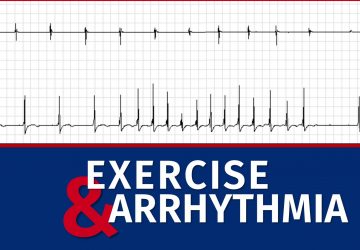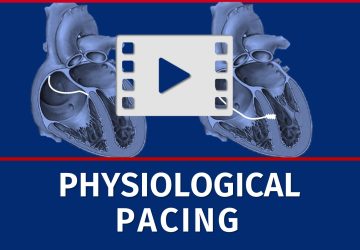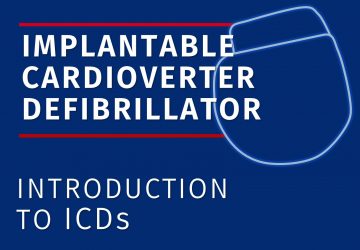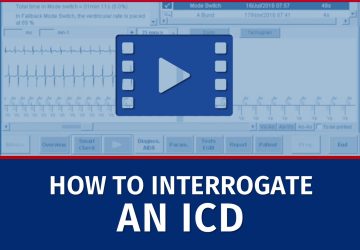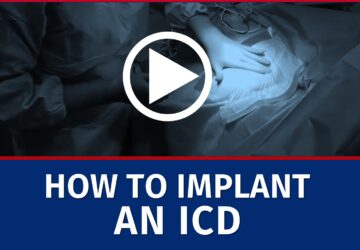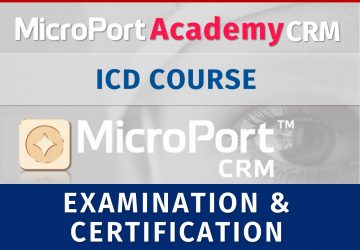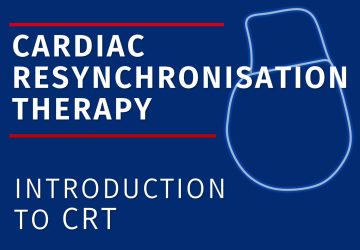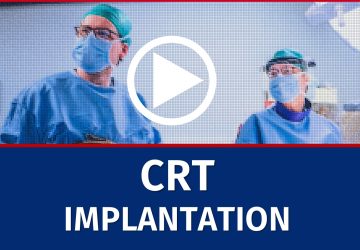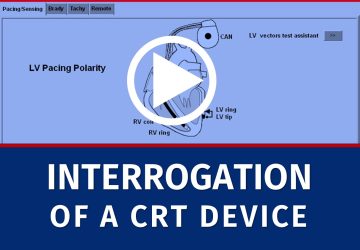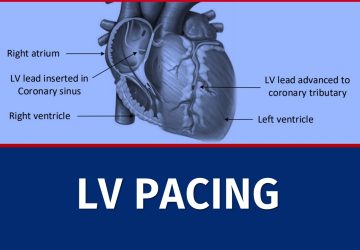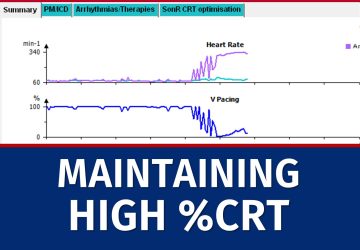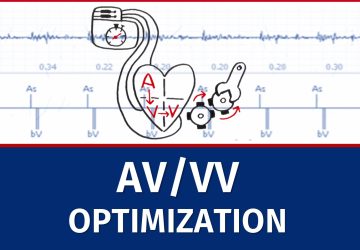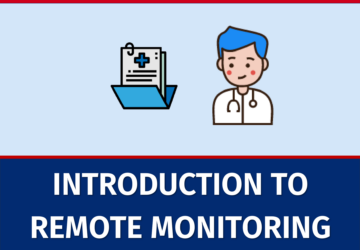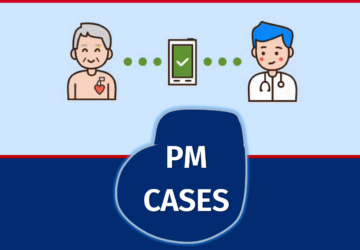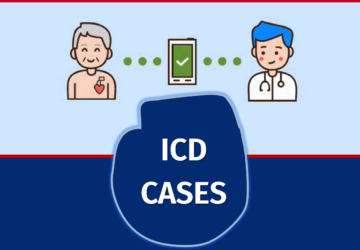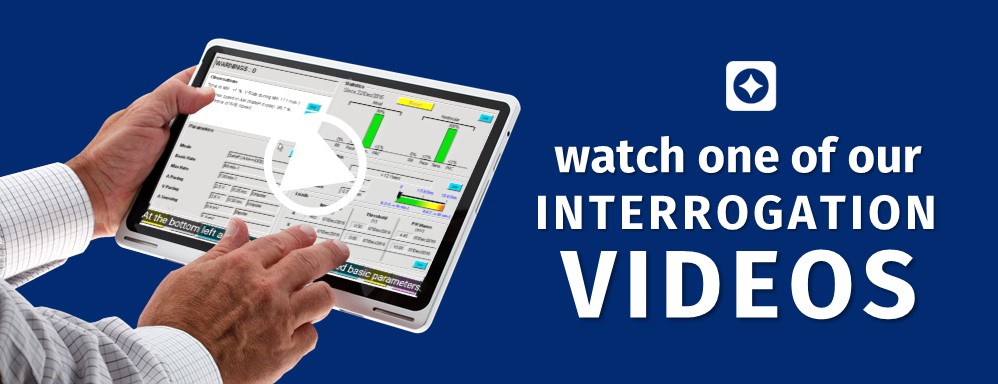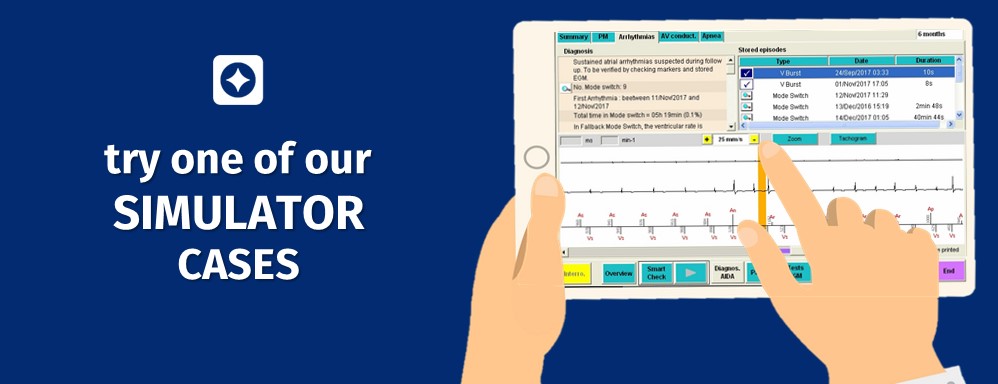Welcome to MicroPort Academy CRM
SELECT A COURSE MODULE
ECG COURSES OVERVIEW
Today the ECG is the most commonly performed cardiovascular exam. The first ECG was made over a hundred years ago but it was preceded by centuries of innovation.
Building your framework of what is a normal ECG is essential to recognize pathological ECGs. But that is no reason to underestimate this chapter. We will take you from the P-wave all the way to the T-wave showing and explaining what is normal, but abnormal cases will also be shown, in order to strengthen your […]
When a patient presents with chest pain, the ECG remains the most important diagnostic tool.
Most cardiac diseases show specific signs on the ECG.
Conduction disorders may be associated with bradycardia such is the case in atrioventricular conduction disease (chapter 1). Sinus node disease also commonly causes bradycardia but the cause is decreased automaticity (chapter 2). Conduction disease of the bundle branches doesn’t not normally alter the cardiac frequency except in rare cases (chapter 3).
Do you develop a tachycardia when seeing a tachycardia? Let us show you all there is to know!
We selected 50 ECGs that we think everyone treating cardiology patients should recognize.
PACEMAKER COURSES OVERVIEW
In this course, we will introduce you to pacemakers. Its history and basic functioning.
In this video series we discuss step-by-step how to interrogate and program a MicroPort dual chamber pacemaker. Click on one of the lessons below to see the video’s.
This videocourse will show you the different steps of implanting a pacemaker.
In this chapter we will make you familiar with tracings recorded by pacemakers. This is the best way to learn the basic functioning of cardiac pacemakers.
In this chapter we will make you familiar with tracings recorded by pacemakers. This is the best way to learn the basic functioning of cardiac pacemakers.
In this chapter we will make you familiar with tracings recorded by pacemakers. This is the best way to learn the basic functioning of cardiac pacemakers.
Discover and solve our simulator cases! In order to answer the questions of the case, you need to navigate around the programmer and analyze the tracings!
Cardiac pacing is the only effective therapy for patients with symptomatic bradyarrhythmia. Traditional right ventricular apical pacing causes electrical and mechanical dyssynchrony resulting in left ventricular dysfunction, recurrent heart failure, and atrial arrhythmias. Physiological pacing activates the normal cardiac conduction, thereby providing synchronized contraction of ventricles. Though His bundle pacing (HBP) acts as an ideal […]
Ready for the pacemaker exam? When you succeed, you can directly download your certificate.
ICD COURSES OVERVIEW
In this course, we will introduce you to implantable cardioverter defibrillators (ICDs). Implantable defibrillators have been used in patients for >30 years. The majority of ICDs use transvenous leads inserted predominantly into the right ventricile for both pacing (distal tip) and for defibrillation (intracavitary coil or coils). Most clinical trials supporting the use of ICD […]
In this video series we discuss step-by-step how to interrogate and program a MicroPort ICD.
Here we show you how to implant an ICD.
Counting is the most important phase of the diagnosis, even before application of the discrimination rules. Likewise, in the event of failure of a given therapy, the counting rules during the redetection phase, in addition to influencing the progression of the therapies already performed, also influence the therapies that will follow. These cases will allow […]
In this chapter pertaining to therapies, we no longer describe the counting of events which has been detailed in the corresponding chapter. Similarly, discrimination will not be discussed. The tracings herein will be presented logically beginning with ventricular fibrillation, followed by tachycardias observed in the VT zone. We will describe the sequence of therapies that […]
The Microport defibrillator algorithm continually evaluates the criteria explained in the following paragraphs as soon as a ventricular cycle is detected in the Tachy/VF zone. Depending on the combination of criteria defined by the physician, some of these criteria will be taken into account in order to establish a classification (diagnosis) that will need to […]
Oversensing of physiological or non-physiological events may cause the ICD to suspect true ventricular arrhythmia which can lead to inappropriate therapies. In this chapter we will show examples of oversensing and propose solutions on how to overcome them.
Check our our ICD simulator cases. You need to nagivate around the programmer screen in order to solve the questions!
Ready for the ICD exam? When you succeed, you will be able to download a personalized certification! The exam consists of 10 ICD cases. When you have a score of at least 50%, you will be able to download your personal certificate on this page.
CRT COURSES OVERVIEW
In this course, we will introduce you to cardiac resynchronisation therapy (CRT). We start of with pathophysiology of electrical asynchrony, then the indications for CRT implantation are discussed, followed by ECG and X-ray cases.
In this video course, we will show how a CRT device is implanted.
In this video course, we will show how to perform interrogation of a proper fonctioning CRT device. In the following chapters, troubleshooting will be discussed using several cases.
The left ventricular (LV) lead is key to CRT and its proper functioning is essential. In this course, we will learn how to evaluate an LV lead and perform troubleshooting.
CRT is a therapy which needs to be continiously applied. A decrease in percentage of biventricular pacing (%CRT) must be resolved before the therapy looses its efficacy and the patient becomes symptomatic. Here we present some cases where %CRT is in jeopardy and we discuss how to resolve this important issue.
In this course we will present why AV/VV programming is important and how it is automatically performed in MicroPort CRT devices.
Ready for the CRT exam? When you succeed, you will be able to download a personalized certification! The exam consists of 10 CRT questions. When you have a score of at least 50%, you will be able to download your personal certificate on this page.
REMOTE MONITORING COURSES OVERVIEW
In this course, we will introduce you to remote monitoring. We will show the benefits from the ever growing evidence and discuss the recommendations.
In this course, we will show you how to connect your patient to remote monitoring.
In this course, we will share some remote monitoring cases of patients with pacemakers.
In this course, we will share some remote monitoring cases of patients with ICDs.
In this course, we will share some remote monitoring cases of patients with CRT devices..


